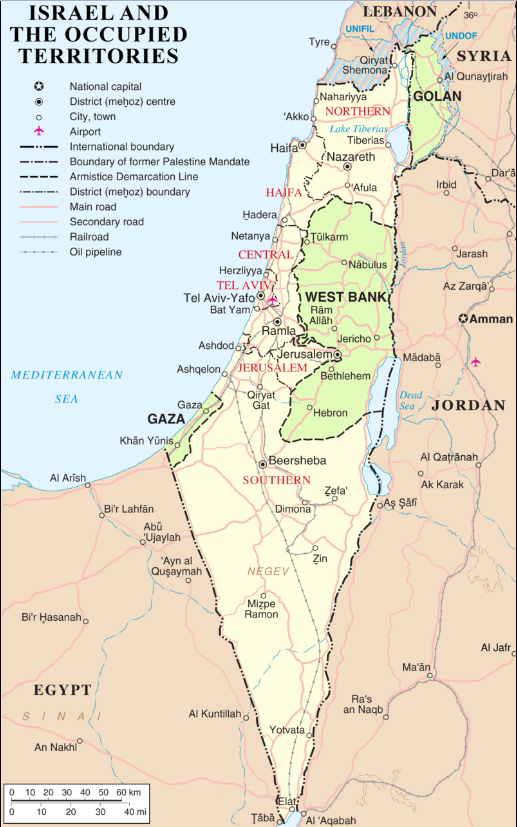CONTENTS:
- India’s Farm Machinery has Global Market
- Non-state Actors are a Threat to World Peace
India’s Farm Machinery has Global Market
Context:
The global agricultural sector is grappling with a labor shortage due to urban migration, with India witnessing a decline in farm workers. To address this, there has been a worldwide increase in the use of farming machinery for precise and timely field activities.
Relevance:
GS3-Agriculture, E-technology in the aid of farmers.
Mains Question:
Analyse the steps taken by India to mechanize the farming sector. What more can be done to enhance the degree of mechanisation? (15 marks, 250 words).
Benefits of farm machinery:
- Collaborative efforts involving humans, machinery, and materials are essential for efficient and timely farming operations.
- The integration of farm mechanization is critical for achieving optimal output, resource efficiency, and meeting the growing demand for agricultural products.
- Shifting from traditional to smart farming not only creates growth opportunities but also attracts young talent to innovative agriculture, leading to improved income and enhanced comfort.
Steps taken by India in this regard:
Agricultural Tractors:
India has become a major hub for manufacturing and exporting tractors, forming partnerships with Japanese and German manufacturers. The Asia Pacific region, led by India, dominates the global market, and the demand for agricultural tractors is expected to grow, particularly for autonomous tractors.
Non-tractor machinery:
Apart from tractors, there’s a notable rise in non-tractor agricultural machinery, including power tillers, combine harvesters, diesel engines, and electric motors.
Challenges in farm mechanization in India:
- Despite technological advancements since 2010, India’s farm mechanization level remains low.
- Challenges such as small land holdings and financial constraints hinder efficient mechanization.
- While there is growth, a significant portion of non-tractor agricultural machinery is still imported from China.
- Punjab, a major contributor to India’s tractor production, faces logistical challenges and lacks incentives for industries with “Inverted Duty Tax Structures.”
- Original Equipment Manufacturers (OEMs) are dealing with short-term challenges like high raw material prices and semiconductor shortages, prompting them to adopt inorganic growth approaches.
- The Punjab government’s Industrial and Business Development Policy-2022 lacks incentives for industries with inverted duty tax structures, affecting its goal of becoming an export hub.
- Central incentives, like the Merchandise Exports from India Scheme (MEIS), have been replaced by the Remission of Duties and Taxes on Exported Products (RoDTEP) scheme, leading to reduced export incentives for agricultural implements.
Way Forward:
- Policymakers need to take strategic actions to foster the growth of this sector in India and position it as a global production and export hub.
- Smart farming technologies like sensor-based embedded systems and GPS-enabled automated tractors are seen as solutions to overcome many of these challenges.
- The government needs to address issues such as railway freight policies and provide refunds for duties to boost exports.
Conclusion:
Despite these challenges, India has a competitive advantage in tractor-mounted machinery and can leverage its dual structure to benefit both large and small farmers globally. The road ahead involves addressing policy issues, restoring central incentives, and focusing on becoming a leading provider of non-tractor farm machinery.
Non-state Actors are a Threat to World Peace
Context:
The assault on Israel bears a striking resemblance to events like 26/11 and, to some extent, 9/11. In both cases, there was a use of sea and air incursions into a sovereign state, coupled with coordinated planning and execution of attacks—similar elements observed in the recent strikes in Tel Aviv by Hamas.
Relevance:
GS2- International Relations
Mains Question:
States should not indulge in sponsoring or supporting elements that do not listen to established norms of dignified human behaviour. Analyse in the context of involvement of external non-state actors in the recent Israel-Palestine conflict. (15 marks, 250 words).
Involvement of external non-state actors in the attack:
- The training and execution of the attack seem to have external support, possibly from Iranian or Pakistani elements.
- While many label this as an intelligence failure, it’s challenging to detect an attack when planned and executed from a different country not directly involved in the conflict.
- The collaboration between Hamas and Hezbollah, two entities that don’t typically work together, suggests a role for external forces.
- Hezbollah, openly supported by Syria and Iran, may have played a part in the attack, making it difficult for intelligence agencies to anticipate its magnitude.

Usage of modern military by Hamas and what it points to:
- Hamas executed a well-coordinated attack, infiltrating Israeli military bases through air, land, and sea.
- Drones and paragliders targeted Israeli armored vehicles with pinpoint precision, suggesting a high degree of intelligence sharing.
- The use of modern military technology in asymmetric warfare, challenging Israel’s conventional capabilities, points to a well-coordinated effort with external support.
- Kamikaze drones, powered paragliders, and rockets, including Fajr-3, Fajr-5, and M302, demonstrate a level of sophistication, with Iran and Turkey known for their expertise in such technology.
- The hybrid warfare tactics employed by Hamas extend beyond mere military strategy; they serve as a propaganda tool, showcasing capabilities and determination to supporters.
Way Forward:
- Non-state actors, lacking responsibility and ethics, are not held accountable for human rights violations.
- The transformation of the Taliban from a non-state actor to a state actor serves as a cautionary tale.
- Responsible states should refrain from supporting elements that defy international norm
Conclusion:
The Middle East is poised for significant turmoil, and the repercussions of the conflict in Israel and the Gaza Strip are expected to extend across political, military, economic, and diplomatic domains.The Israel-Palestine conflict urgently needs resolution, and the UN should play a central role, despite its past failures. However, the shortcomings of the UN should not justify countries supporting or arming elements that disregard international law.





